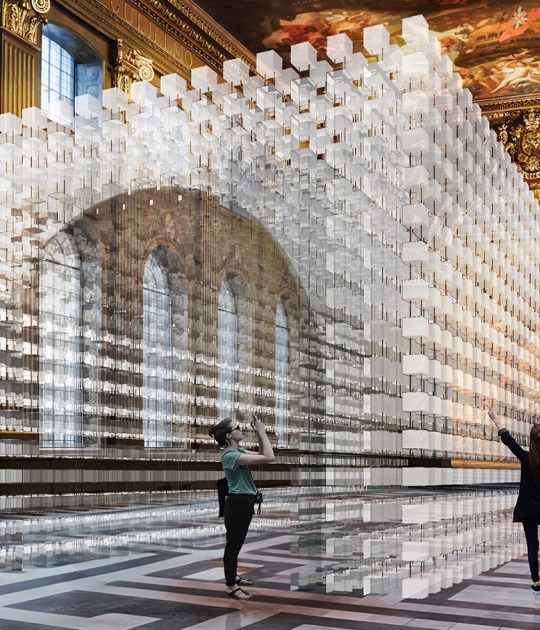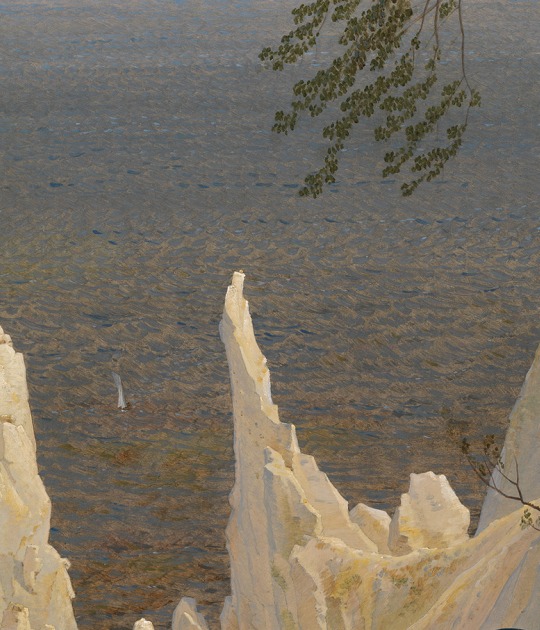The photographer Yannis Karpouzis, Descubrimientos PHE15 Award at the edition of PHotoEspaña 2015 explains what can be understood as a crisis (from the Greek κρίσις - krisis) «any event that is -or is expected to lead to- unstable and dangerous situations that affects an individual, group, community or society in general. The crises are considered negative changes in the security, economic, political, social or environmental matters as they occur suddenly, with little or no warning at all. More vaguely, it is a term meaning 'a testing time' for an 'emergency situation'».
"It is said that photography becomes the most naive of all the media due to its intention and ability to freeze time. That's why the pictures are usually beautiful but sad. The only time the camera can reproduce is the dead time, the time that is already gone. In the last five years, Athens has changed dramatically; the whole city has been transformed into a negative plateau, immobilized in time. The flow of life has changed for the inhabitants. Time is not theirs, it has been stolen and already used, which recalls the past of photography. Photography was invented in the twentieth century to describe the enormous flow of information that began to define modern urban life. Today the media is much more complex in the representation of everyday life. However, the picture retains as privilege its biggest disadvantage: the immobilized photographic moment and the past, which is the most suitable canvas to display our frozen moments. Photography reaches its poetic fate when it tells the story of the imprisoned, those men whose time was spent, of fixed men. Samuel Beckett remember his character Winnie, living with half of his body under the floor, but despite everything continues to move and see, "says Karpouzis.
Yannis Karpouzis (Athens, 1984) graduated in Technical Engineering at the National Technical University of Athens in 2009. His association with creative photography was born in 2006 after living for six months in Copenhagen with an Erasmus grant. In his master thesis he investigated the role of modern photography and film in the history of art. He has made numerous trips to the countries of northern Europe (Norway, Sweden, Finland, Germany, the Netherlands and Austria) motivated by the realization of photographic and audiovisual works.






















